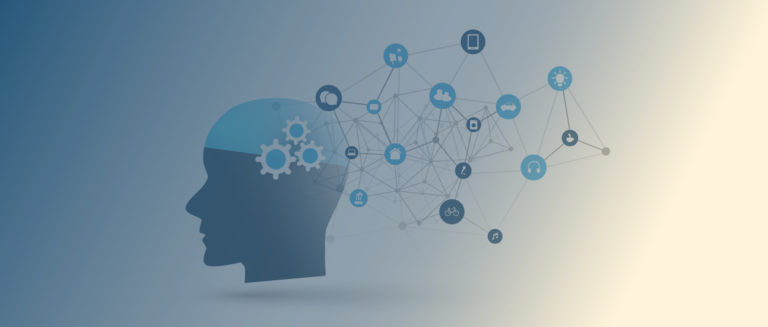Your customers are always looking for better outcomes and higher value. There are no two ways about it, price is a key factor in the perception of value.
In addition to price, speed and reliability impact your customers’ subjective assessments of value. To retain your customers and attract more, you need to be effective and efficient with your own operations. You need to make them predictable and in control so that you can better plan and manage your business.
Mechanization best serves mediocrity.
– Frank Lloyd Wright


Efficiency is doing things right; effectiveness is doing the right things.
– Peter Drucker
Entrepreneurial Action Level 4, Thriving with the Fittest, is an absolutely critical level of action for building a lasting business. Its characteristic attributes are stabilizing, systematizing, and sensing.
Tempering and guiding your internal improvements and efforts to increase efficiencies needs to be your customers’ experience of value. While many of actions you take at Level 4 are internally focused, they result in a more predictable experience of value for your customers. The Trap of Level 4 is to lose sight of the goal of delivering increasing value to your customers over time, and instead become highly effective at delivering mediocre experiences of value.
Avoiding the Trap of Level 4 is why “sensing” is one of the key attributes for acting at Level 4. It
The Video
In this episode of the Whatever The Heck That Means on YouTube we take a deeper dive into the fourth level of the Entrepreneurial Action Levels framework: Thriving with the Fittest.
Some Actions To Take
Here are some actions you should take while operating at Level 4:
- Evaluate your operations, organizational structure, and prevailing mindsets against those of your competitors and the non-competitor companies that inspire you.
- Figure out how to evolve to me more the way you want to be.
- Identify things that are hard for your organization to do, but that are valuable to do, and do them more often, e.g. release to production.
- Build the capacities necessary to sense what is the experience of value of your customers, beyond what they tell you about, and those necessary to interpret and take action on those signals.
Some Questions To Ask Yourself
Here are some questions that might help you determine that you need to spend some time Thriving with the Fittest:
- Are we processing information we can sense from our customers and the market at large as an organization?
- And is that data informing our actions at all levels of the company?
- What capacities do I know I need to have in my company? (i.e. the things that make it unique)
- What can I partner/purchase to accelerate and simplify the delivery of value to your customers?

Thriving with the Fittest, is an absolutely critical level of action for building a lasting business, but don’t start acting here too soon, or become fixated on driving improvement and efficiencies here. The Trap of Level 4 results in many businesses ossifying and becoming irrelevant. While you work to stabilize and systematize your operations, don’t lose sight of your customer and start building your capacities to sense the value they experience.
Examples to Learn From
Let’s take a look at some Economics for Business resources that may help you take action to answer the call.
Stabilizing
Principles and the Mechanisms of Business Growth
In E4B podcast episode 50, John Rossman, formerly of Amazon, discusses how to put mechanisms, or “forcing functions”, in place to operationalize principles.
Defining and implementing such forcing functions both stabilize operations and direct the organization to embody its principles. This approach to stability creates a dynamic stabilization that is aimed at the target of your principles and facilitates forward motion towards them.

Systematizing
In E4B podcast episode 160, Laura and Derek Cabrera return to provide a crash course on systems thinking for business.
Every business is a complex adaptive system, made up of many smaller complex adaptive systems too. Using the rules of DSRP you can systematize your processes without ossifying them.
DSRP: Distinctions, Systems of parts and wholes, Relationships, using different Perspectives.

Sensing
Entrepreneurial Empowerment and Value-Generating Organizational Design
In E4B podcast episode 109, Desmond Ng describes how an empowered organization is better able to process signals and take action on them. The two components of entrepreneurial empowerment in an organization are “structural empowerment” and “psychological empowerment”.
Applying the ideas of EE in your organization helps you avoid the Trap of Level 4.

As we continue to develop these Entrepreneurial Action Levels, your feedback, good and ill, is very much appreciated. Please watch the video in full and comment with your thoughts there, on this post, or directly through LinkedIn or the Simbiotrek (sim-bē-‘ä-‘trek) website. I look forward to hearing from you and hope that you found some of the specific questions and actions helpful too.
1 comment so far